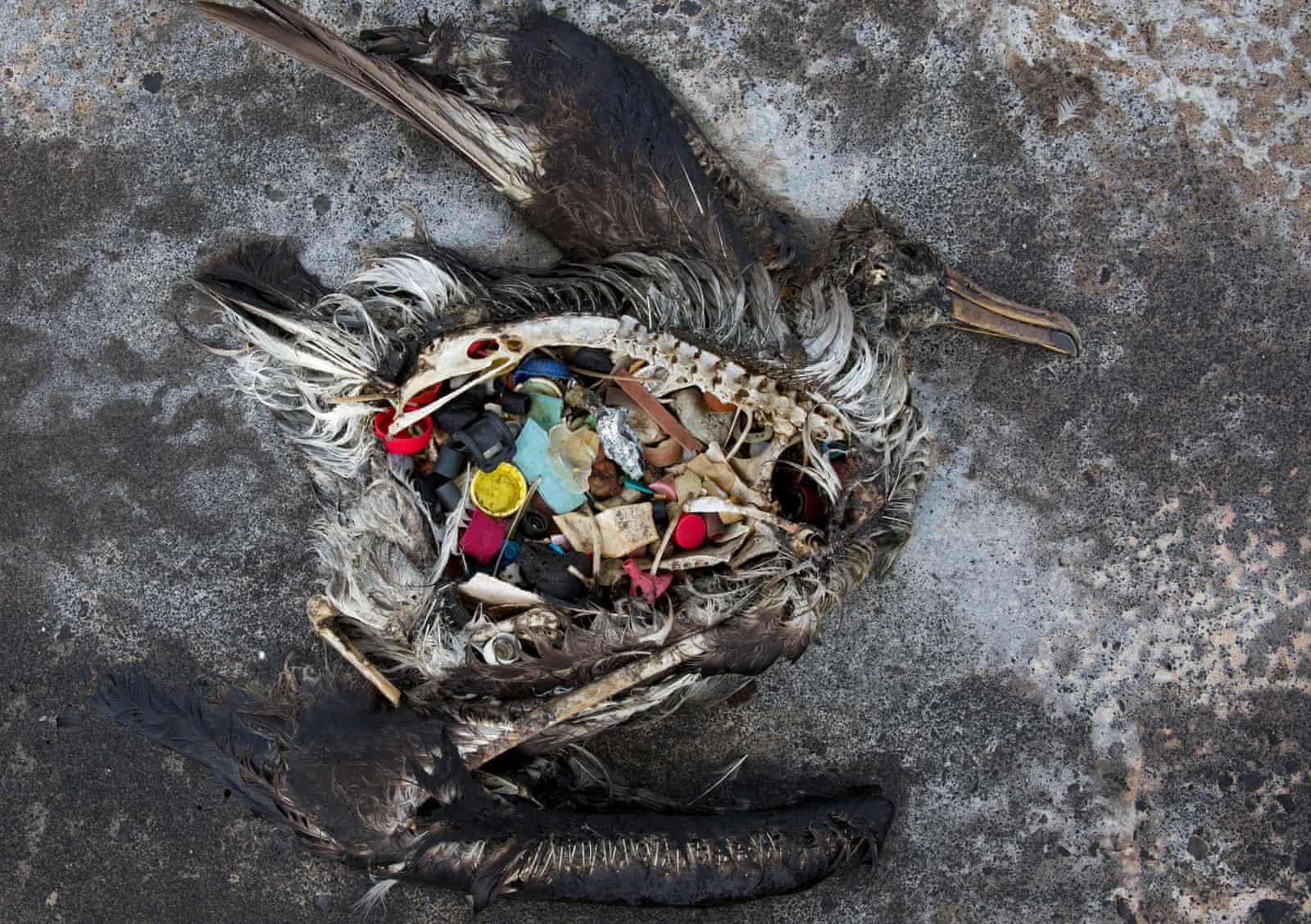Since the popularisation of Nespresso coffee pods in 1988, coffee consumers have had the luxury and convenience to enjoy a cup of coffee almost instantly and comfortably in their homes. Despite the proliferation of coffee pods from alternative brands following the loss of Nespresso's coffee pod patent, Nespresso pods remain the go-to for coffee pod consumers. However, Nespresso pods are coming under scrutiny in the 21st century, as there has been a growing awareness that the excessive use of coffee pods are polluting the environment, with many of them ending up in landfills instead of proper recycling facilities (Grant, 2020).
| Figure 1: Nespresso pods end up in landfills as they are improperly disposed of. Image source: Huntsdale, 2019. |
This is a shame as Moskvitch (2019), who corroborated the finding of different researches, found that coffee pods are made of materials that are highly recyclable. The Nespresso pod, for instance, is made primarily of aluminium, which is a metal that can be easily melted and reused repeated. The catch for Nespresso pods is that they contain a silicon layer, which requires specific technologies to remove before recycling can take place. As such, consumers using Nespresso pods are required to return the pods back to Nespresso's collection points, should they wish to recycle.
Expectedly, recycling rates are low. In 2018, in the UK alone, 42% of coffee pod users throw the pods away after use. This is in spite of Nespresso's efforts to expand its recycling efforts to reach 100% recycling rates by 2020 (the goal was not achieved), by increasing its global capsule recycling points (Grant, 2020). Evidently, besides making the recycling facilities convenient to consumers, awareness of such facilities must also be strengthened. Additionally, while Nespresso wishes to define their capsules through the silicon layer embedded in their capsules (Moskvitch, 2019), removing the silicon would make the capsules more recycle-friendly, as typical recycling plants will then have the capacity to recycle these pods.
In essence, to improve recycling rates and reduce pollution of Nespresso coffee pods, the mindsets of both consumers and the Nespresso company need to change. Consumers have to be more active in recycling, and Nespresso needs to forgo its ego so that its coffee pods can be easily recycled.


No comments:
Post a Comment